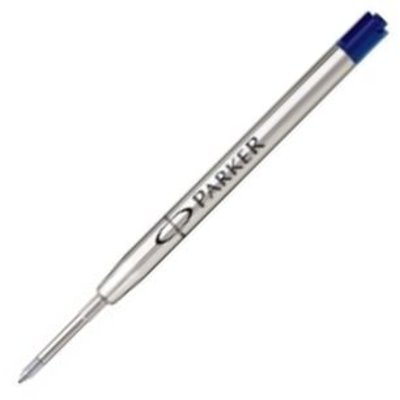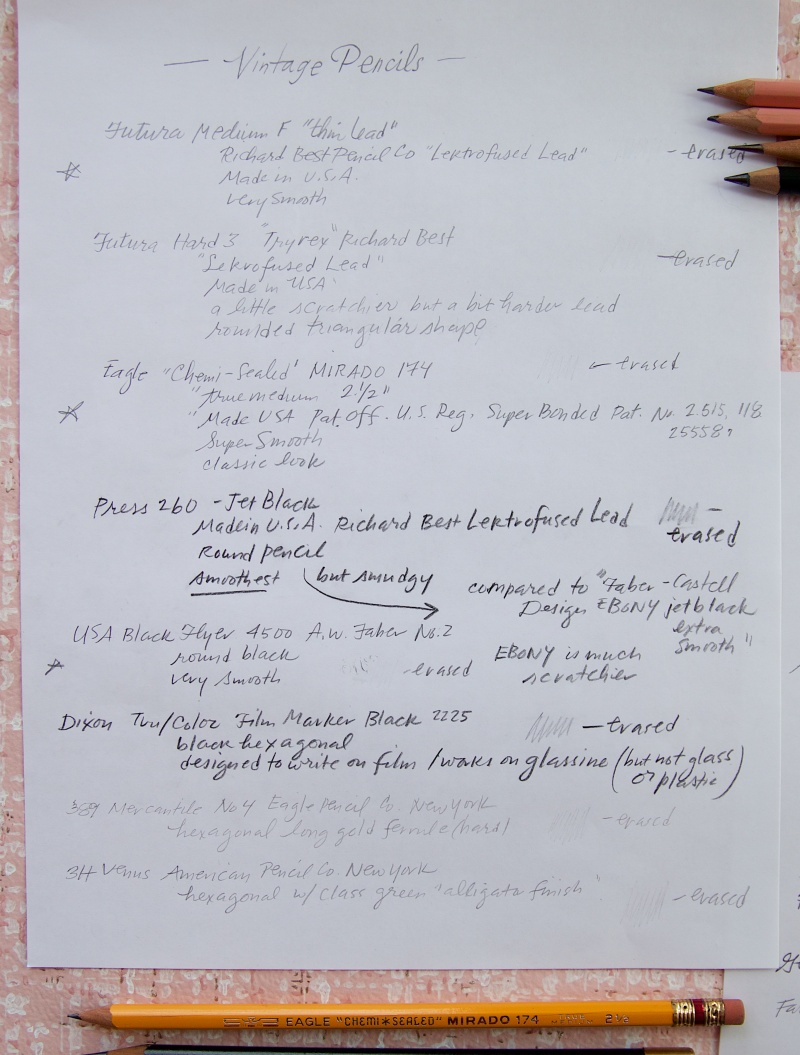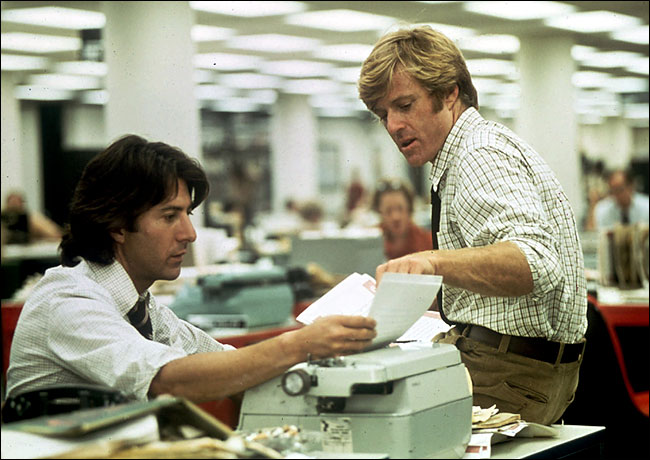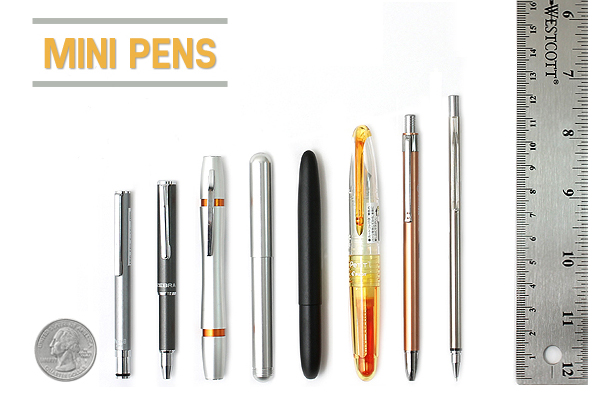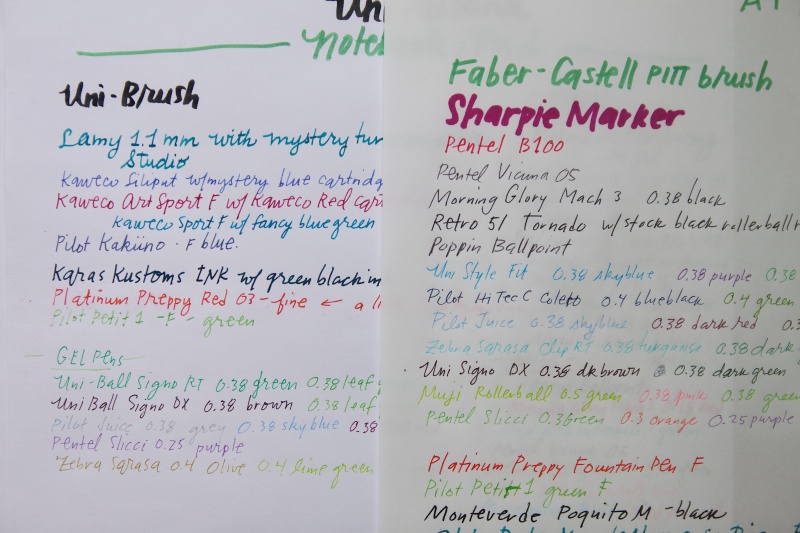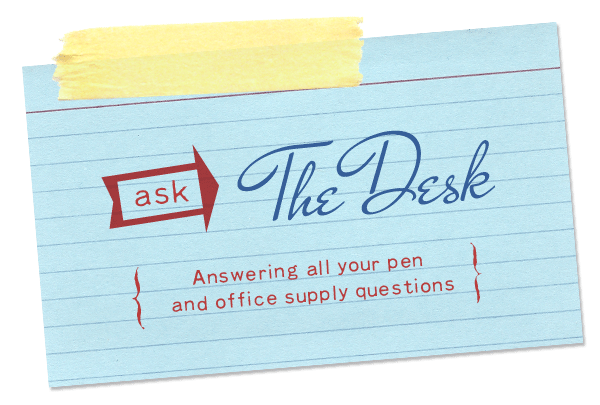
Millicent asked two questions and I’ve been mulling over them for a few days:
About fine points of any type, be they fountain, roller, ball pen or even pencil. While they would not be my first choice, sometimes a medium or broad just won’t work. I have found workarounds for pencils to avoid the 0.3 and 0.5 nightmares. I see all the reviews for fountain pens extolling the virtues of specific nibs. All I get is scratchy frustration, with no apparent sweet spot. Alternate ink and paper don’t seem to help. There are pens sitting unused in my arsenal that deserve court time. Plus there are always ones waiting to be acquired. Suggestions and recommendations ???
Fine nib pens are not, as a whole, scratchy. I do find that the teeny tipped gel pens, like the 0.25 Pilot Hi Tec Cs, to be a little scritchy, but overall there may be some other issues to consider.
The only thing I can think is that you might have a “heavy hand.” This is in no way an insult or anything, it just means that you press your pen more firmly on the paper or that you grip you writing tools tighter than others. With fountain pens, if all pens seem scratchy, I would recommend making sure to use a lighter hand — the least amount of pressure to release ink on the paper. You might want to practice just by making loops on paper with the lightest, loosest grip. Once you find the sweet spot, try actually writing.
I think the same process would work with gel or rollerball pens too.
The only other possibility would be the angle that you are writing. If you have a Lamy Safari or other pen that has a molded grip area that forces a “correct” hand hold, try using that in combination with your lightest touch. Please let us know if you are still having issues.
Millicent’s second question was:
Many pens come supplied with the Parker Jotter style refills. The issue is that they are almost always black ink. The first thing I do is change the refill to blue or green. I refuse to just toss the black refills in the waste bin since they are brand new. They need a good home, just like puppies and kitties 🙂 Any ideas?
Anyone in need of black Parker Style refills? Or know of any place she can trade or sell them? Leave a comment or email me through the Ask The Desk link and I can put you in touch with Millicent. Thanks!


